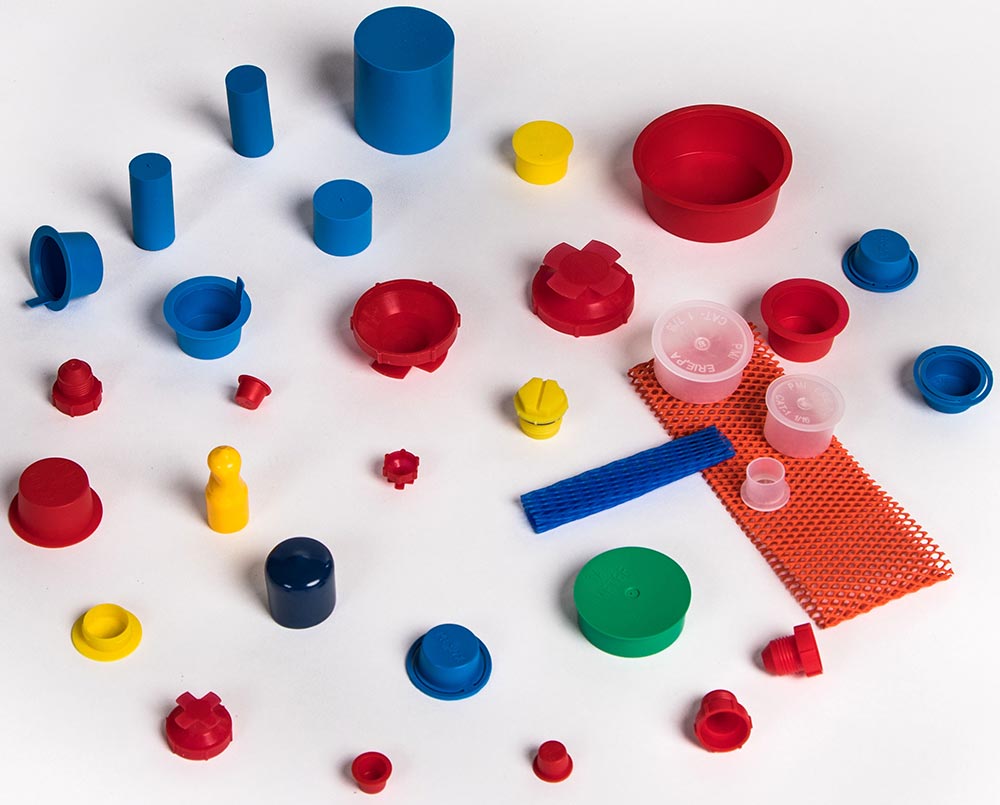News & Events


An Overview of the Key Components of Injection Molding
Manufacturers need to consider each element in the plastic injection process in order to reduce defects and improve performance. Molding machines contain multiple moving parts to construct plastic products for consumers. Discover the key components of injection molding that allow manufacturers to optimize their molding process and produce high-quality materials.
Injection Unit
The injection unit consists of a hopper, screw, and barrel to receive and dispense raw plastic material. These parts are important factors that can reduce cycle times and defects when executed properly. Maintaining consistent temperatures throughout the system and cleaning the hopper regularly are good upkeep tasks for your injection unit.
The Mold
Molds shape the molten plastic into desired forms. Typically crafted from steel or aluminum, they consist of two halves—core and cavity. The core forms the hollow interior of the molded part, while the cavity shapes its exterior surface.
Manufacturers design these molds to impact the final product’s quality. For example, a well-designed mold can minimize defects and lead to fewer rejections. Regular mold maintenance and inspections can prevent costly downtime and support smooth production.
Clamping Unit
The clamping unit secures the mold during the injection process. It preserves the plastic within the mold and doesn’t let the material escape. Manufacturers should regularly check the alignment and pressure settings to maintain the structural integrity of the mold and extend the lifespan of the machinery.
Cooling System
Once the system injects the plastic, it must cool and solidify in the mold. The cooling system, which often uses water channels, provides the optimal temperature to stiffen the structure without causing defects. Improve the heat exchange rates by regularly cleaning and descaling the cooling systems.
Ejection System
Another key component of the injection molding process is the ejection system. It safely removes the finished product from the mold using pins or plates. An efficient ejection system minimizes damage risks to delicate products, such as plastic end caps. Frequently check for misalignments in your ejection pin to avoid leaving unsightly marks on the final product.
Manufacturers rely on these components to craft products that appease their consumers. To maintain a reliable injection molding process, take care of your equipment by checking for any damage, misalignment, or debris that could impact the final product. Design and construct your plastic parts with ease by minimizing defects in production!

